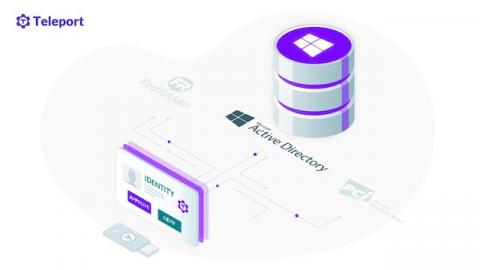Locating Service Accounts to Facilitate Management and Cleanup
This post explains how to collect detailed lists of your Active Directory service accounts so you can implement proper governance to reduce your attack surface area. Specifically, it details how to enumerate service accounts used by the following: This will enable you to identify a significant portion of your service accounts. However, note that service accounts can also be used in virtual directories, authentication settings, etc.





